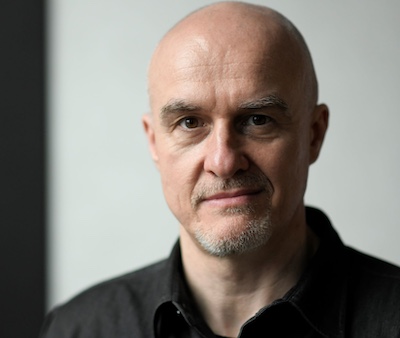From Feudal Japan to Tokyo’s Neon Underworld: “Shōgun” & “Tokyo Vice” Director Takeshi Fukunaga Unmasks Japan
Japan is enjoying a moment. Godzilla Minus One landed a Best Visual Effects Oscar and a record U.S. box office for a Japanese live-action film; Hayao Miyazaki’s The Boy and the Heron scored a Golden Globe for best-animated feature, while Shōgun (将軍) and Tokyo Vice have won fans and plaudits around the globe.
As the only local director on both those acclaimed series set in Japan, Takeshi Fukunaga might be said to be enjoying his own moment. Despite taking a sharp turn from independent filmmaking to big-budget international television, Fukunaga has hit stride. That is not to say the enormity of the opportunities that have come his way is lost on the soft-spoken director.
Born on Hokkaido, Japan’s northernmost island, Fukunaga spent more than a decade in New York, where he studied filmmaking. His 2015 debut feature, Out of My Hand, is the tale of a Liberian migrant’s journey to the Big Apple, followed by Ainu Mosir, set in a community of Ainu, the indigenous people of Fukunaga’s home island. Both films were notable for their thoughtful tone and use of non-actors in leading roles. Mountain Woman, his latest feature, premiered in competition at the 2022 Tokyo International Film Festival and further cemented the impression of a filmmaker with an understated and sensitive but perceptive touch.
Fukunaga sat down with The Credits over coffee in Tokyo’s Ebisu district to talk about working across cultures, formats, and borders.
Set in the closing stages of Japan’s Warring States period (well over a century of almost ceaseless conflict), FX’s Shōgun limited series has won praise for its painstaking attention to authenticity. Like the hugely successful 1980 miniseries, it is based on James Clavell’s 1975 best-selling historical novel.
Shot over 10 months in Vancouver on meticulously produced sets, Fukunaga initially found stepping into such a large-scale project a touch daunting.
“More than anything, it was very nerve-wracking,” Fukunaga says. “Honestly, after I got the job, I still couldn’t believe it. I couldn’t believe it until I was on the set. Then I still couldn’t believe that I was directing this huge production that’s unlike anything I’ve ever done before.”
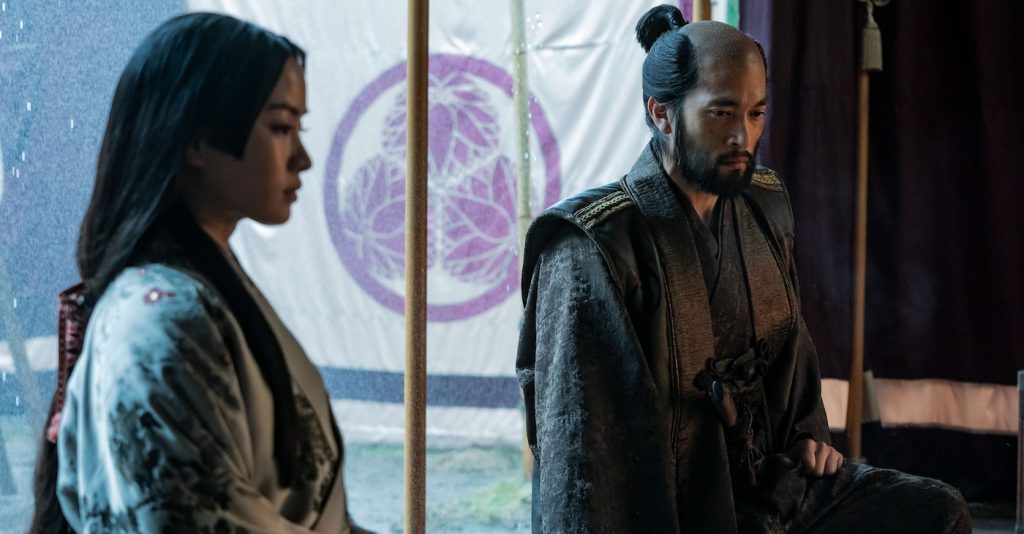
Before he helmed his episode (seven), Fukunaga briefly shadowed one of the other directors to get a feel of how things were being done. “Once I’d familiarized myself with this new environment, system, and all the incredible resources, essentially directing is still directing.”
Nevertheless, he says that having a “well-oiled machine” at his disposal that could swiftly create almost anything he needed was a starkly different experience from scrimping by on a tight independent film budget and made him “feel like a magician.”
He hails the vision of the showrunners, husband and wife team Justin Marks and Rachel Kondo, along with producer Eriko Miyagawa and the entire crew, in carefully recreating feudal Japan. But Fukunaga singles out Hiroyuki Sanada (The Last Samurai, John Wick: Chapter 4), who stars and gets a producer credit, for his determination to make Shōgun look as stunningly convincing as it does. Sanada plays Lord Toranaga, based on the warlord who finally unified Japan, Tokugawa Ieyasu, portrayed in the 1980 production by screen legend Toshiro Mifune.
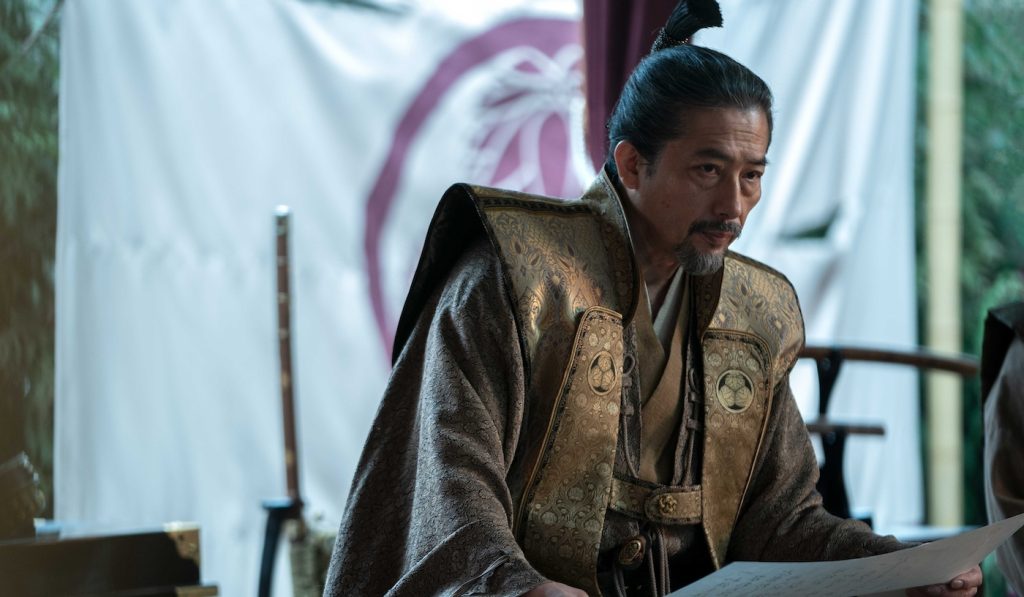
“It’s as if Sanada-san’s whole career was leading up to this. Not just 20 years in Hollywood but also many, many years in Japan, where he started his career as a child actor and then belonged to the stunt company started by Sonny Chiba. Before he left Japan to start his career anew in Hollywood, he was already a top-notch actor both in jidaigeki [samurai period drama] and action.”
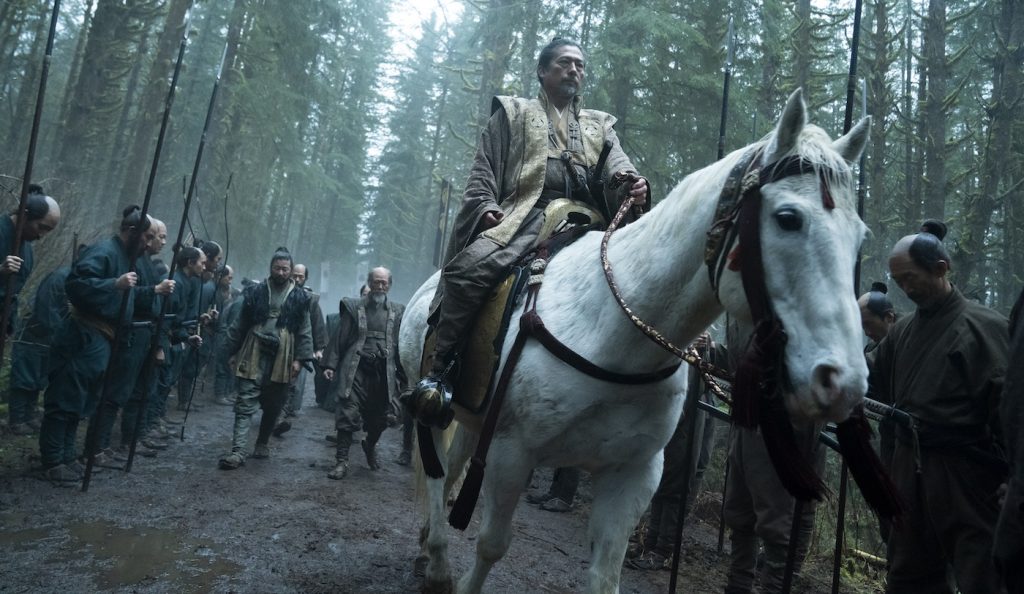
After his episode was in the can, Fukunaga returned to Japan but was called back to handle some reshoots, pick-ups, and scenes for other episodes. In between, he shot a short based on the same collection of folk tales that inspired Mountain Woman.
“I made a very small short film with a very small crew. But that was actually liberating because that’s my roots. Even though I didn’t have the same kind of resources, for some things, it’s much faster. When the production is huge, just switching sides is a huge deal because all the tents, trucks, equipment, everything has to move. It’s like an entire tribe has to move from one place to the other. But with a very small crew, it’s as easy as just moving a tripod.”
Following his work on Shōgun, Fukunaga was offered two episodes of Tokyo Vice, another series to have garnered praise for its authentic look, but with much of this shoot happening in Japan’s capital. A predominantly Japanese cast and crew, “except the key creatives,” helped keep things real, says Fukunaga, who learned what so many overseas filmmakers have about the city.
“It was the first time I experienced how difficult it is to shoot in Tokyo. You can never block the street, so you have to let the pedestrians go by in between every take constantly. That was so frustrating. And just physical space we had to work with was so small although the location is such a huge character in the show.”
Domestic productions in Japan are notorious for punishingly long days that continue without a break until the shoot finishes, but Fukunaga says that, although Tokyo Vice “was not an easy schedule by any means, at least we had, for the most part, two days off a week.” He believes Japan’s lack of entertainment business unionization explains the absence of standards on rates and hours and that much could be learned from Hollywood in that department.
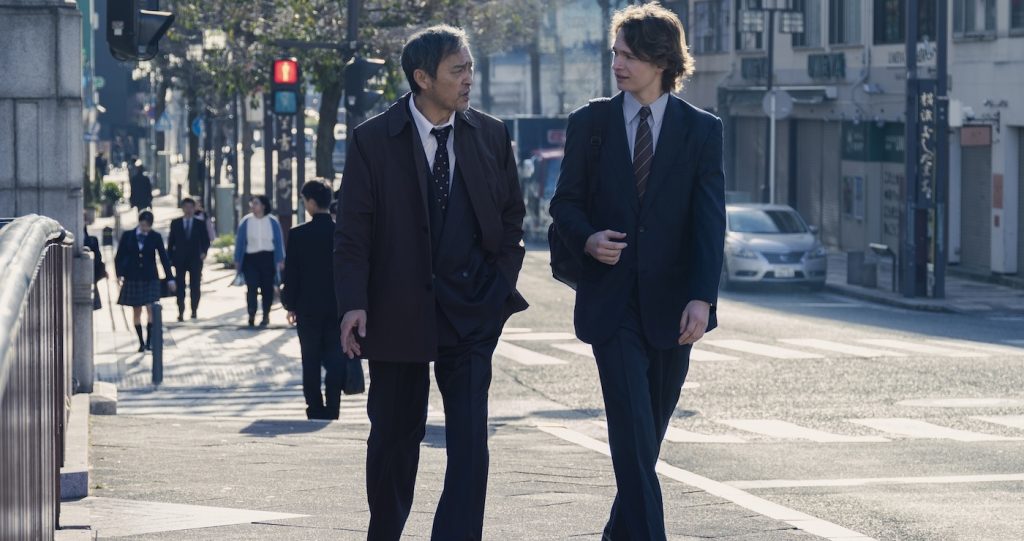
In spite of Fukunaga’s work on a pair of high-profile international productions about Japan, local media coverage of his achievements has been conspicuous by its absence, a curious phenomenon in a nation inclined to celebrate its global successes. He is philosophical about the lack of recognition but can’t entirely hide his chagrin.
Elsewhere, Fukunaga’s talents are being noticed. He’s in discussions around projects, including a Japanese-American co-produced feature and a domestic TV series, as well as being attached as pilot director for a US TV production. He’s also finishing up a personal project in the form of a documentary on the Ainu people.
“I’ve never had offers like this coming in before, only for kind of questionable projects,” he says with a laugh. “But now there are interesting opportunities arising for me. I’m opening myself to trying different things and working in different ways, whereas before, I was just focused on my own film projects. As long as I can find a reason why I’m doing it, I want to do it.”
Featured image: L-r: “SHOGUN” — “A Stick of Time” — Episode 7 (Airs April 2) Pictured (C): Hiroyuki Sanada as Yoshii Toranaga. CR: Katie Yu/FX; Yosuke Kubozuka and Ken Watanabe in “Tokyo Vice.” Photo by James Lisle/Max.


